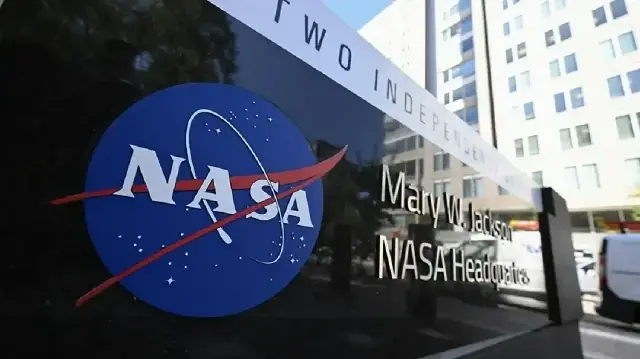NASA shakes up moon mission plans, opens new lunar lander competition

NASA's acting administrator has announced a major strategic shift in the US lunar program, revealing that the agency will reopen competition for lunar lander contracts. This decision comes amid acknowledged delays in SpaceX's development timeline and increased White House pressure to ensure American astronauts return to the Moon before China.
In a significant overhaul of its Artemis moon program, NASA is set to launch a new competition for developing human lunar landing systems. The move, announced by Acting Administrator Sean Duffy, signals a departure from relying on a single provider and reflects concerns over schedule delays and intensifying geopolitical competition in space, particularly with China.
Addressing Delays and Expanding Competition
Duffy confirmed that SpaceX, which holds a substantial contract for its Starship lunar lander, has fallen behind its development schedule. This delay, coupled with direct pressure from the White House to achieve a crewed Moon landing within President Donald Trump's current term, prompted the decision to seek additional lander concepts. "They’re behind schedule, and so the president wants to make sure we beat the Chinese," Duffy stated, indicating that companies like Blue Origin and potentially others, including established firms like Lockheed Martin, would be invited to compete.
Technical Hurdles and Financial Implications
The development of reusable lunar landers has proven challenging, with complex technical obstacles such as mastering in-space refueling slowing progress for all involved companies. Lockheed Martin confirmed it is actively preparing alternative lander designs to present to NASA. However, this expanded and accelerated approach to the moon mission is expected to carry a heavy financial cost, with estimates suggesting a potential requirement for an additional $20 to $30 billion in congressional funding.
Confident Claims and Mounting Pressures
Despite the cited delays, SpaceX founder Elon Musk expressed strong confidence in his company's capabilities. On the social media platform X, he asserted, "SpaceX is moving like lightning compared to the rest of the space industry," and predicted that Starship would ultimately be the vehicle to complete the entire Moon mission. As NASA navigates these intertwined technical and political pressures, the success of its revised lunar strategy will depend on whether fostering a more competitive landscape can genuinely expedite the path back to the lunar surface.
Reklam yükleniyor...
Reklam yükleniyor...







Comments you share on our site are a valuable resource for other users. Please be respectful of different opinions and other users. Avoid using rude, aggressive, derogatory, or discriminatory language.